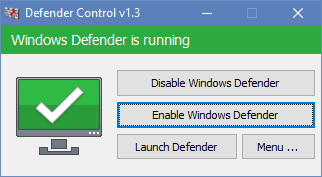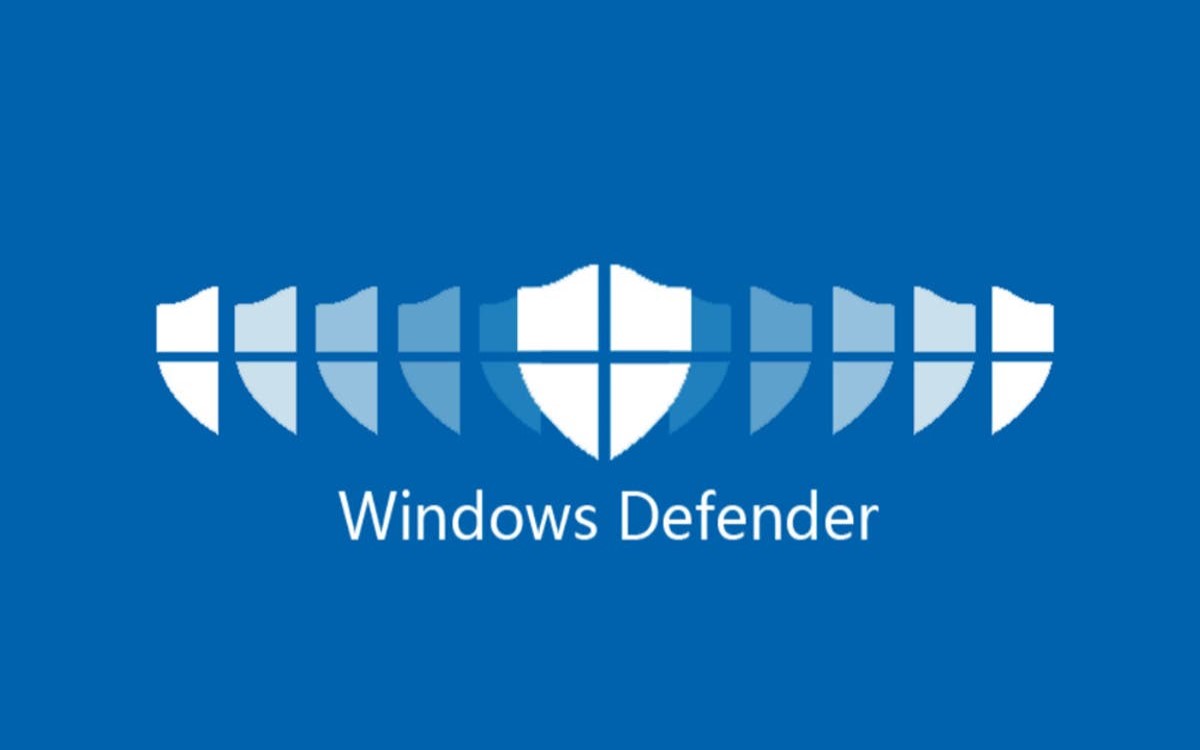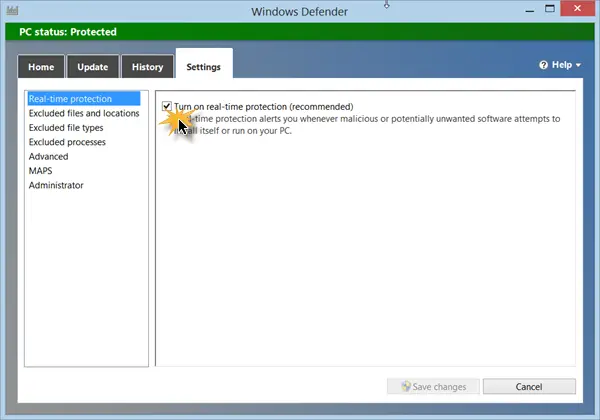

Kernel drivers built for Windows 10 should be WHQL certified. Enabling this rule requires that every executed driver is WHQL signed and removes legacy driver support.

Enabling this rule option validates user mode executables and scripts.īy default, legacy drivers that aren't Windows Hardware Quality Labs (WHQL) signed are allowed to execute. By default, only kernel-mode binaries are restricted. WDAC policies restrict both kernel-mode and user-mode binaries. Windows Defender Application Control policy - policy rule options Rule option When the Enabled:Audit Mode is deleted, the policy runs in enforced mode. To allow these applications, you can capture the policy information from the event log, and then merge that information into the existing policy. With audit mode, no application is blocked-instead the policy logs an event whenever an application outside the policy is started.

We recommend that you use Enabled:Audit Mode initially because it allows you to test new WDAC policies before you enforce them. However, option 5 isn't implemented as it's reserved for future work, and option 7 isn't supported. Table 1 describes each rule option, and whether they have supplemental policies. You can set several rule options within a WDAC policy.

Set-RuleOption -FilePath -Option 0 -Delete To disable UMCI on an existing WDAC policy, delete rule option 0 by running the following command: To create a policy that includes user mode executables (applications), run New-CIPolicy with the -UserPEs option. In audit mode, WDAC simply logs an event, but when enforced, all user mode code is blocked. If you enable UMCI (Option 0) for such a policy, all applications, including critical Windows user session code, are blocked. To ensure that UMCI is enabled for a WDAC policy that was created with the -UserPEs (user mode) option, add rule option 0 to an existing policy, by running the following command:Ī policy created without the -UserPEs option has no rules for user mode code. The following examples show how to use this cmdlet to add and remove a rule option on an existing WDAC policy: To modify the policy rule options of an existing WDAC policy XML, use Set-RuleOption. Windows Defender Application Control policy rules WDAC is used to restrict devices to run only approved apps, while the operating system is hardened against kernel memory attacks using hypervisor-protected code integrity (HVCI). A policy includes policy rules that control options such as audit mode, and file rules (or file rule levels) that specify how applications are identified and trusted. Windows Defender Application Control (WDAC) can control what runs on Windows 10 and Windows 11, by setting policies that specify whether a driver or application is trusted. Learn more about the WDAC feature availability. Some capabilities of Windows Defender Application Control are only available on specific Windows versions.


 0 kommentar(er)
0 kommentar(er)
